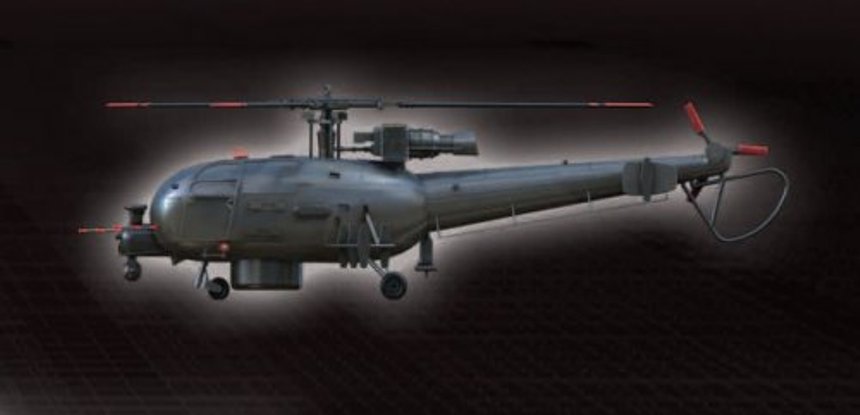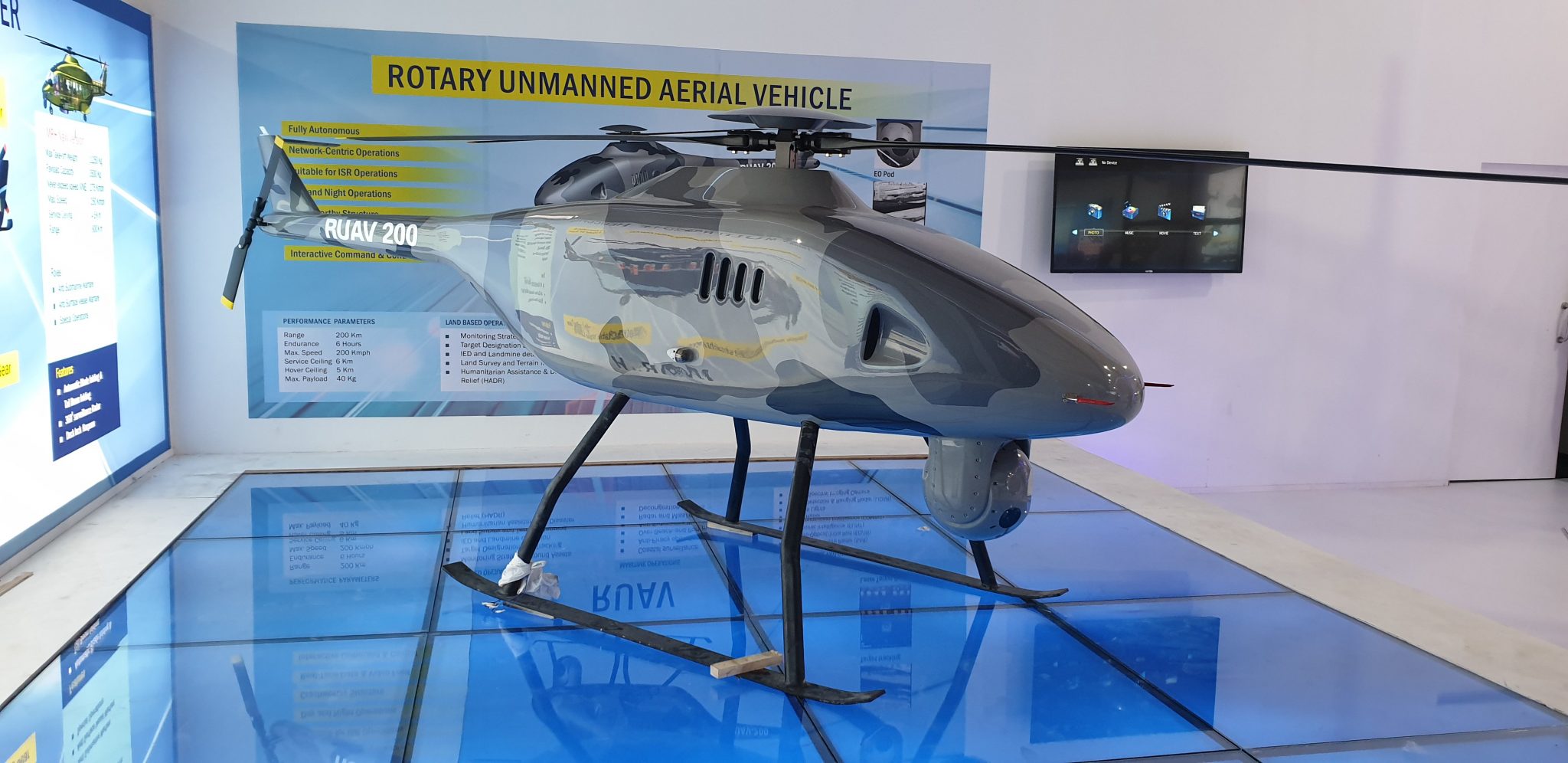
It’s true. The Indian Navy’s new (reported) quest for 10 shipborne surveillance drones happens to be its fifth attempt to acquire such a capability. Part of a raft of military hardware acquisitions being processed under ’emergency procurement’ rules in the backdrop of border tensions with China, the Indian Navy is reported to be keen on a rapid acquisition of 10 unmanned air systems for frontline warships deployed in the Indian Ocean.
While shipborne drones can be both rotorcraft or the fixed wing variety, the Indian Navy has always leaned towards the former, and even tested several products over the years. In that title photograph you see above, an Austrian Schiebel Camcopter is seen being tested off Indian Navy patrol vessel INS Sujata back in 2007. It was the second fruitless attempt at nailing down an order contract. Since the mid 2000s, the Indian Navy has considered or been pitched an entire raft of shipborne drone systems, including, notably, the Northrop Grumman MQ-8 Fire Scout in 2009-10 and Saab’s Skeldar. On the fixed wing front, Boeing has maintained the ScanEagle as a naval shipborne opportunity with the Indian Navy for years, though the customer appears inclined toward the rotorcraft variety.
Then again, what precise shape the Indian Navy’s new effort takes remains to be seen. While its hard to draw a direct link — and it is indeed unmanned rotorcraft that the Indian Navy is after in this latest quest — it would come months after China tested the AR500C system:
As with its last recorded attempt to procure 50 such systems, the Indian Navy says the NSUAS (naval shipborne unmanned air system) “will be launched from a ship and used for Surveillance, Target Acquisition, Reconnaissance and building MDA (Maritime Domain Awareness) around a Task Group. The secondary roles of NSUAS would include anti-piracy, anti-terrorist activities and assist in Search and Rescue (SAR).”
It is unclear what class/weight of shipborne drone the Indian Navy is looking at, though, given its repeated failure to close a deal — or even progress past the preliminary demonstration stage in the past — it is likely that the navy will be looking to use emergency procurement rules to sidestep the rigours of tendering that have perhaps bedeviled past efforts to purchase such systems. That said, all of the above unmanned systems would theoretically be prospective contenders, with the possible (but unlikely) addition of the Airbus VSR700, if timelines of that latter program align with the Indian Navy’s quest. The VSR700 flew for the first time last November and is being aimed at the French Navy.
The Indian Navy operates Kamov Ka-31 helicopters for the shipborne airborne early warning and surveillance role, with 10 more ordered last May.
The Indian Navy’s eagerness for the capability over the years once saw it partially fund a joint attempt by HAL and Israel’s IAI to convert the Chetak helicopter into an unmanned drone platform. Going with the working title naval rotory UAV (NRUAV), the project literally failed to lift off over technological roadblocks. In 2011, IAI even offered to attempt unmanning HAL’s popular Dhruv helicopter platform, though this hit a roadblock with the Indian Navy itself. You can read all about the navy’s unseemly new tryst with the Dhruv here.

In 2017, years after the NRUAV faded into the sunset of closed projects, it emerged that India’s DRDO had taken up the mantle of unmanning the Chetak helicopter, under a project designated R-UAV. It is unclear if work has progressed on that front, though there has been little by way of even a peep from the program or in published literature from the DRDO to suggest it’s still alive. You can read more about the DRDO’s effort here.
Years after the NRUAV project ended, last year India’s HAL unveiled a 200-kg RUAV, with plans to begin testing it in the coming year.


give it to soom noob and techie Junkies or rookies of IIT or NIT they will make sure it will not only fly but also develop that it can fire weapons as well.